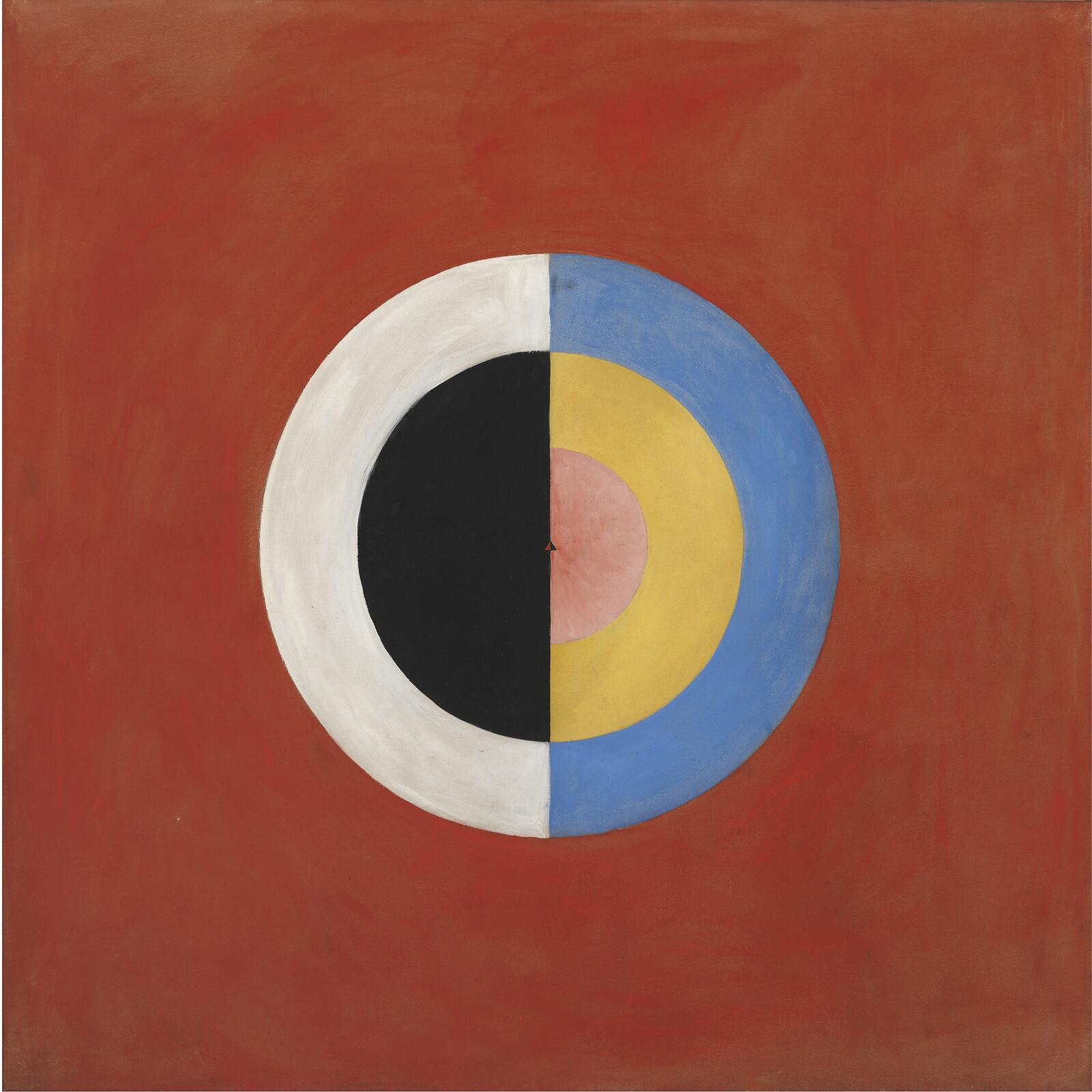Skeppsholmen
Exercisplan
SE-11149 Stockholm
Sweden
Hours: Wednesday–Sunday 10am–6pm,
Tuesday and Friday 10am–8pm
T +46 8 520 235 00
info@modernamuseet.se
Daniel Birnbaum, Director of Moderna Museet, joins the Hilma af Klint Foundation as an adjunct member of the board and special advisor for international programs. The pioneering work of the Swedish visionary artist, who created large non-representational paintings already in the first decade of the 20th century, has gained international attention in recent years. In 2013 Moderna Museet staged Hilma af Klint: Abstract Pioneer, the most ambitious retrospective exhibition of the artist’s work to date. Curated by the museum’s own Iris Müller-Westermann, assisted by Jo Widoff, the exhibition travelled to six European venues and was reviewed globally. The exhibition tour was accompanied by a large number of academic symposia.
Daniel Birnbaum gives expression to his enthusiasm regarding the new assignment: “Together with my colleagues at Moderna Museet, I have worked hard to make Hilma af Klint’s art known outside of the Scandinavian art world, and to a certain extent I think we have already been successful. But there is much more to come. Her deeply original and fascinating work will be a revelation to large audiences across the globe in the future.”
The Hilma af Klint Foundations has also issued a statement: “The members of the Board of the Hilma af Klint Foundation are herewith pleased to announce that the Director Daniel Birnbaum, head of the Moderna Museet in Stockholm, has accepted to be elected an adjunct member of the Board of the Foundation. This may be seen as a substantiation of the already close relationship between the Moderna Museet and the Foundation, a relationship that hopefully will continue to consolidate over time. Based on his professional background, Daniel Birnbaum will impart to the Foundation invaluable expert knowledge and an international contact network.”
In 2016, Birnbaum was the co-curator (with Emma Enderby) of Hilma af Klint: Painting the Unseen at the Serpentine Galleries in London. At the Pinacoteca in São Paulo he will co-curate Hilma af Klint: Possible Worlds in collaboration with the museum’s director Jochen Volz. In the fall of 2018, a large survey of Hilma af Klint’s work will open at the Solomon R. Guggenheim Museum in New York. It will travel to LA MoCA in the spring of 2019.
In their essay “Painting the Unseen,” Daniel Birnbaum and Emma Enderby spell out what is at stake in today’s efforts to interpret af Klint’s challenging work: “The critical assessment of Hilma af Klint’s art has just begun, as has her influence on other artists. This belated reception is a singular occurrence, one that creates complications for anyone trying to theorize her art in terms known to 20th century art history. On the one hand, her break with the naturalistic paradigm of painting that was taught at art academies across Europe is in many ways comparable to those performed around the same time by the artists traditionally seen as the pioneers of abstraction. This of course leads to comparison with artists such as Kandinsky and Mondrian. On the other hand, a crucial aspect sets af Klint apart from these colleagues: her isolation. Whereas her male colleagues combined their interests in metaphysical speculation with progressive politics and new educational programs and were busy penning manifestos and establishing institutions, af Klint limited her exchange to a tight group of clairvoyants—all women—hiding in a studio far up in northern Stockholm. In other words, her version of the non-figurative had no public dialogue. Do the concept with which we describe the innovations of the early avant-garde apply to an artist whose work seems to have invented its own language and belated reception? Hardly. And yet, af Klint’s work is as outrageous and unexpected as any produced during this period of rapid and radical experimentation.
The most interesting issue is by no means how af Klint can be made to fit into the standard narratives of European modernism, but rather how her art breaks out of these accounts and how she, if taken seriously as an artist, challenges them. Her art had absolutely no institutional support and, needless to say, no lobby in the art market. This makes her predicament quite different from that of her most celebrated colleagues. Although she described herself as a pioneer, she had no immediate followers and disciples, and thus didn’t give rise to a school. If that happens, which no longer seems totally implausible, it will occur with an unusual delay of a century. Finally, if we try to force her art into the traditional concept of abstraction—what else can we call them?—it will not be without a certain amount of force, and there is certainly no spot in the formalist scheme of Alfred Barr waiting to be filled by her radiant imagery. More interesting is the question what happens to his scheme, still so influential in the institutional and academic worlds, if her art is given due weight and attention.”
Daniel Birnbaum & Emma Enderby, Painting the Unseen, Serpentine Galleries & Koenig Books (London, 2016)


